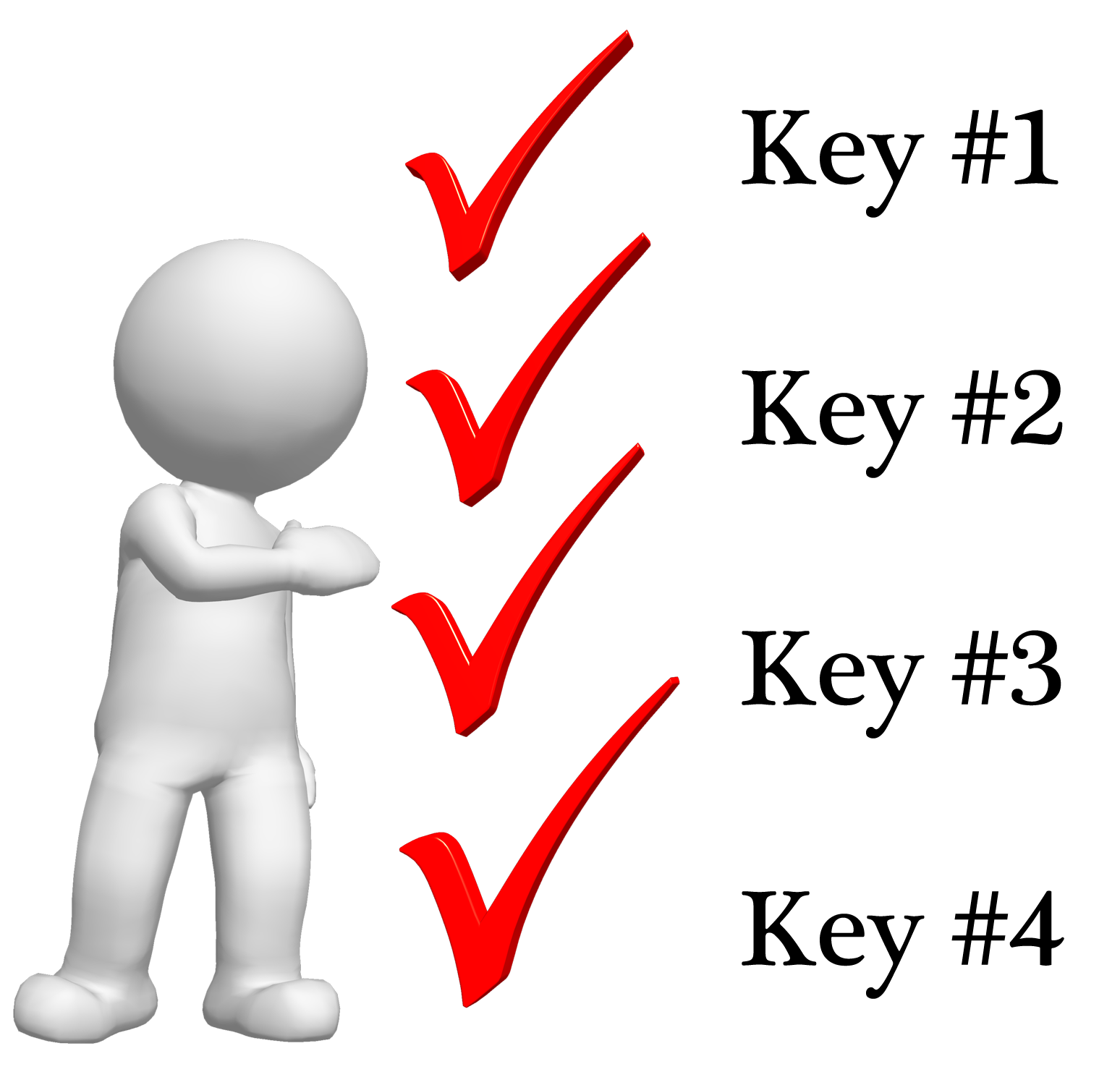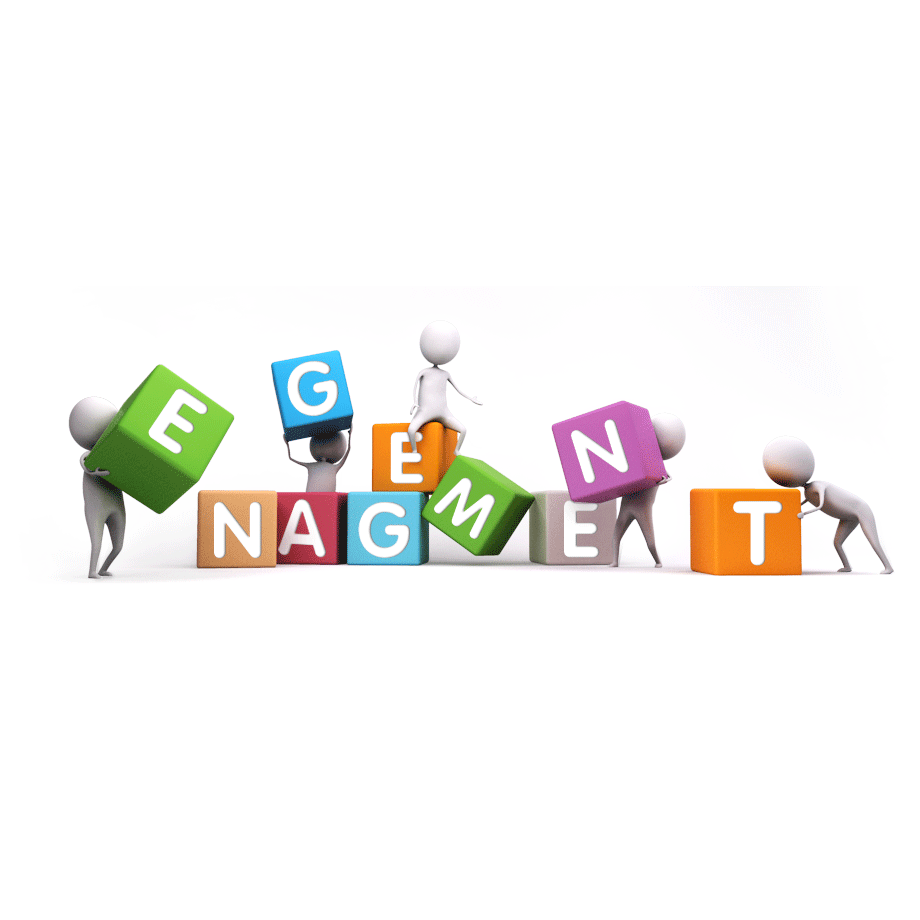When it comes to getting employees involved with customer satisfaction and retention, it’s not as difficult as some managers believe. Smart employees, including those who don’t have direct customer contact, have a vested interested in customer care. They get the reality that no customers = no business, and no business = no jobs.
Here are four critical keys to effectively engage employees in improving customer care.
Key #1. Solicit customer feedback from your employees. In staff meetings or in anonymous written form, ask employees to share what they hear from customers. You can use fill-in-the-blank type questions such as:
- When asked what they like best about our company, our customers typically tell me …
- When asked for ideas on how we can improve our products/service, customers tell me …
- Recently, I heard about a customer’s (positive or negative) experience with our company. This is what the customer told me …
- When people hear I work for this company, their typical response is …
Employees, especially those on the front line, have their ears to the market and need a safe outlet to communicate what they hear upward in the company. Their qualitative feedback is also valuable in alerting you to any changes in public perceptions about your brand.
Key #2. Solicit employee ideas on how to better serve your customers. I once worked for a bank that received low customer satisfaction scores. Management responded by calling a meeting to share the results and then proceeded to berate the branch managers for the poor scores. And the bank wondered why their quarterly numbers didn’t improve while employee morale also declined! Yes, there were operational issues, but management didn’t want to hear about them. How much better it would have been for everyone if bank management had taken the time to ask branch team members some basic questions:
- What gets in the way of your being able to provide quality service to our customers?
- What can we reasonably do, given our resources, to overcome these obstacles?
- In what ways can we better serve our customers?
Key #3. Seek to strengthen workplace engagement from the inside out. Internal customer service drives external customer service. That’s why it’s important to engage the behind-the-scenes support staff who serve their fellow employees (i.e., “internal customers”). Encourage employees to work together to improve internal service and systems.
Key #4. Recognize your employees’ efforts in improving customer care. Acknowledge and reinforce employee engagement in improving customer satisfaction and retention in whatever way works best in your organization. And don’t forget to celebrate your success. (Not sure what to do here? Ask your employees.)
CAUTION: Employees feel respected when management asks for their input and listens to them. Nothing will shut down communication and trust faster than when employees see managers as just going through the motions to engage them. That’s why I advise you to proceed ONLY if you are serious about responding to your employees’ input and ideas. You’re not expected to implement every single employee idea you receive, but you are expected to explain which are feasible and which are not. Otherwise, you can forget about passing go and forget about collecting $200, as they say in Monopoly. Most definitely, you can forget about employee and customer engagement!





